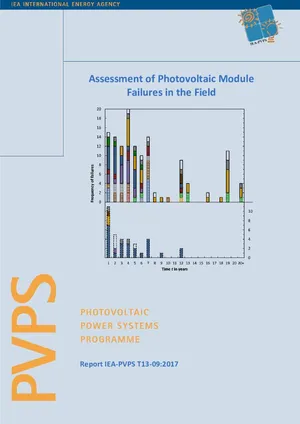In this report we present the current status and predictive ability for the power loss of PV modules for specific failure modes. In order to model PV module degradation modes it is necessary to understand the underlying degradation mechanisms and processes on the molecular level. In most cases the encapsulant and backsheet films seem to play a major role in PV module degradation. Some failure modes like browning of encapsulants are directly related to the encapsulant film. But in most cases material interactions are the main root cause for PV module degradation. For example, acetic acid, which is a degradation product of EVA encapsulants, not only causes corrosion of the PV stringing and tabbing ribbons and the PV cell gridlines or fingers, but also promotes potential induced degradation and/or delamination. Furthermore, it accelerates the oxidation process of EVA itself. Also, the type of backsheet used in the PV module influences many degradation mechanisms by its barrier properties against water vapour, oxygen, and acetic acid. High concentrations of water vapour and acetic acid in the PV module accelerate nearly all degradation modes.
The literature review shows that PV module failure modes are well described in the literature, including their main driving factors. The review also shows that the right combination of the encapsulant and backsheet films can be beneficial in reducing failures. Nevertheless the studies also show that there are no common rules or acceleration factors which apply generally for all PV modules and can be used for modelling. On the one hand, the degradation modes depend on the bill of materials and components and are unique for each single PV module brand and model. On the other hand, there are typically several degradation modes and pathways activated simultaneously and these may have synergistic or antagonistic effects, making it challenging to correlate observed effects with single mechanisms.
